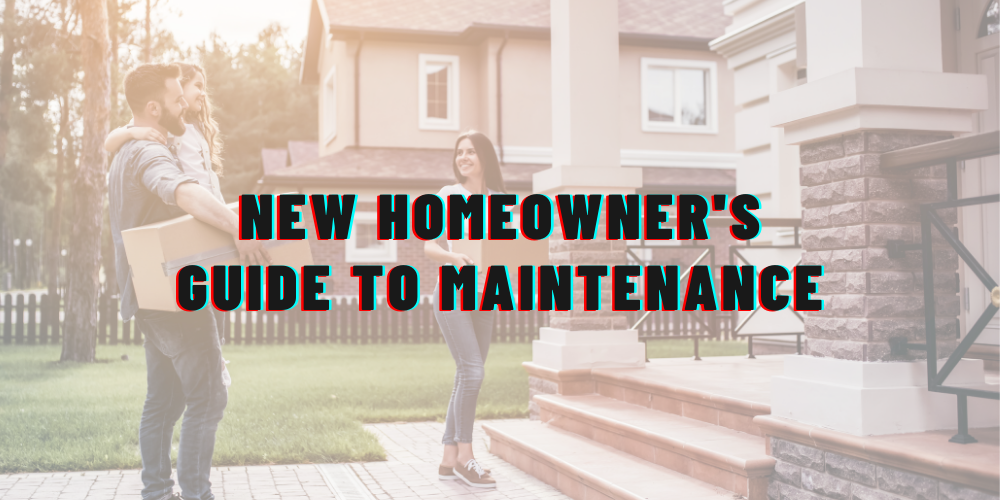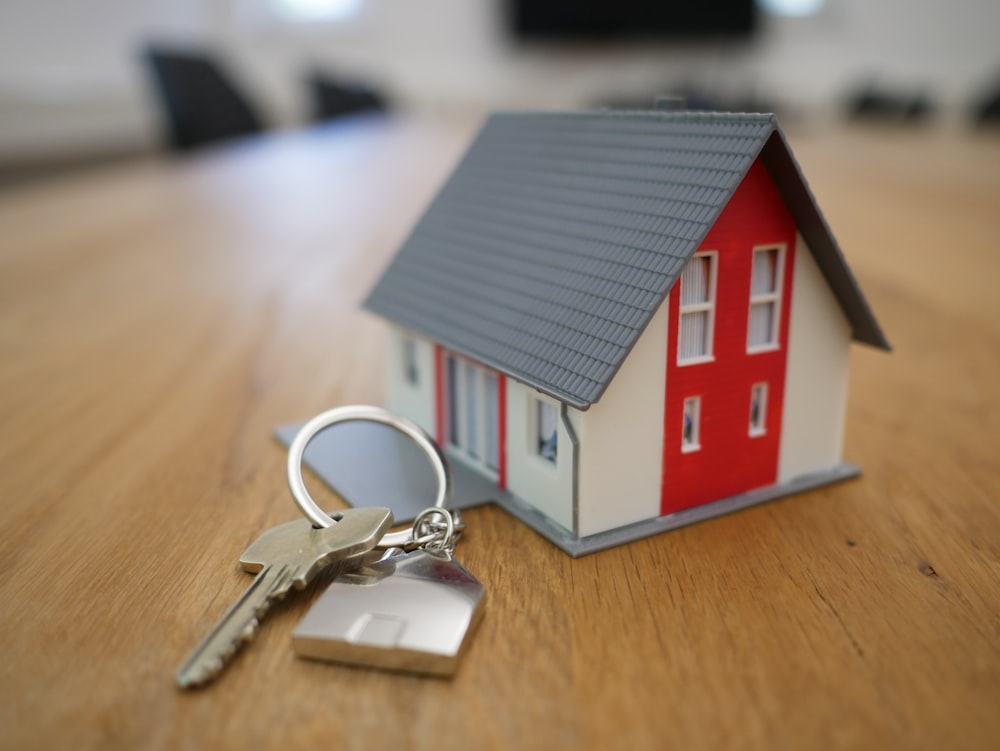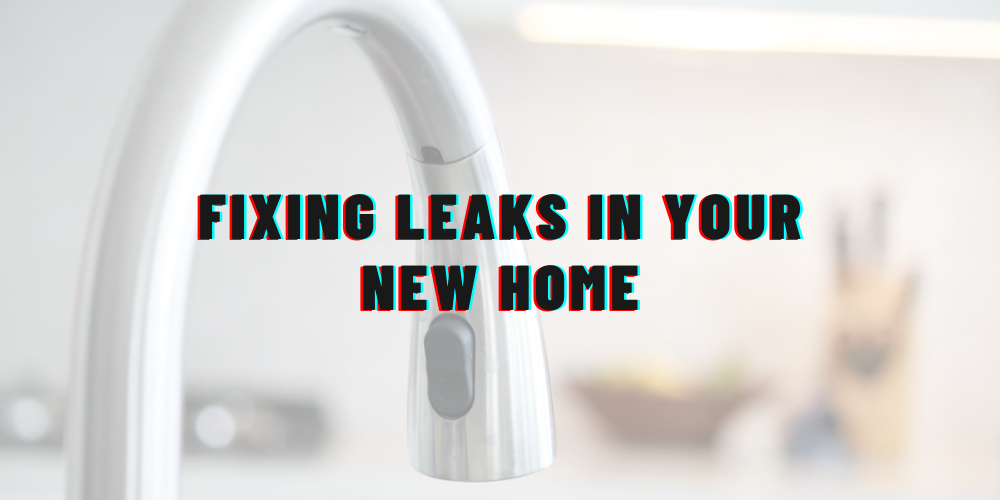New Homeowner’s Guide: 7 Tips to Lower Maintenance Costs
https://www.c4dcrew.com/wp-content/uploads/2020/11/C4D-Post-Design-1-1.png 1000 500 Taylor Witt Taylor Witt https://secure.gravatar.com/avatar/c007419611804209e46af7a884e93ad9?s=96&d=mm&r=gBuying a house is one of the costliest endeavors in everyone’s life. If you plan on taking this major step, you have to be extra careful and considerate about it, especially when it comes to the financial aspects. If you have a strict budget and need to spend all your savings on your dream home, you’re probably well aware that the next few years will not be about careless expenses.
Of course, even if you’ll have a slimmer wallet after the purchase, it doesn’t mean that you have to say goodbye to spending your hard-earned monthly cash on the things you love. As a homeowner, there are specific ways you can save as much money as possible while also making your house a better investment and also minimizing every financial risk that might arise.
What’s the secret that every homeowner needs to know? Well, it all boils down to how well you can manage your home’s maintenance. Every house or apartment requires some repair or constant upkeep. Considering your home’s age and condition, the annual maintenance cost is about 1% of your house or apartment’s value. So, if you’ve spent like $350,000 on it, it’s a good idea to put aside at least $3,500 just for upkeep.
How to do that and how to lower the expenses when it comes to the maintenance part of it? Luckily for you, we’ve got all the answers you need, and we’re ready to share them with you, so stay tuned!
Be smart about buying and moving in
If you’re still at the consideration phase and haven’t picked out your home yet, meaning you are preparing your budget for the purchase, don’t forget that you can keep the maintenance expenses down with a few simple tricks.
It’s always a great idea to look for a relatively newly built home. A house that is only a few years old probably suffered less wear and tear. Before signing the papers and shaking hands, inspect the home thoroughly, looking for signs that might indicate potential problems and higher repair costs.
You can save a few hundred dollars on moving, too.
How? The idea is to find a moving company that’s trustworthy, professional, and licensed and offers services that are reliable and not that expensive. Empire Movers can take the burden of moving off your shoulders while making sure your wallet remains pretty thick.
Be a handyman
If you have fundamental knowledge and skills for basic maintenance jobs, you can save a small fortune on an annual basis. Even if you’re not as experienced as a pro, you can still get the job done. Plus, there are dozens of articles, videos, and how-to guides on various upkeep tasks, so you can always learn more.
Plus, when you do the work yourself, you don’t have to wait for a contractor. Usually, the waiting time is a few days, but it can take even a week for a pro to visit your home and check for a solution during busy periods. However, there are specific maintenance tasks you probably shouldn’t do if you’re not a professional. Jobs that necessitate some skills or technical knowledge, such as electrical work, is best left for a real pro.
When you can’t do everything yourself
As we’ve mentioned above, there are certain tasks you must leave to a professional. Even if you’ve become a DIY master in a short time, there will also be some maintenance jobs that require the eyes and hands of a skilled pro. To get the job done the right way, you need to hire a contractor or request a company’s services.
Before you decide on a contractor or a professional firm, do you research and get to know them. Recommendations and referrals are beneficial in these situations, as they are the best way to find trustworthy and experienced service providers. If they offer discounts or cut you a nice deal, that’s the icing on the cake.
Prevention is key
With everything in life, preventing a small issue from becoming a major problem is a course you must take. It’s a great idea to conduct routine upkeep. Be sure to replace the furnace’s air filter at least once every three months. By doing this simple task, you can vastly increase the lifespan of your costly HVAC system. Plus, fixing cracks in your windows or doors or cleaning out the gutter every once in a while will reduce maintenance costs in the long run.
Prepare for seasonal changes
As a homeowner, you have to adjust for every season. For example, winter has a totally different effect on your home than summer. This is especially true if you live in an area with stark differences between these two seasons, meaning winters are freezing, summers are way too hot.
When your home faces different environmental effects every single year, such as heavy snow, too much freezing, or strong sunlight, you have to count on various types of damages. The alternating cycles of contraction and expansion will put your house to the test. To avoid big problems, conduct a thorough seasonal inspection and fix the things that need your attention.
Know the problematic aspects of your home
It’s no secret that every house or apartment has its weak points, those areas that can become challenging offer the years, meaning you have to spend more money on fixing them. For instance, if you’ve moved into an older home, a shaky foundation might cause you a headache from time to time. Or the roof needs constant maintenance. Getting to know your home’s pain points as soon as you move in will help you become proactive and prepared, so you can handle the issue properly when the time and occasion arises.
Cash reserve for maintenance
Yes, having an emergency fund is easier said than done when you’ve just dumped your entire savings on a new home. However, if you can, make sure you set some money aside just for upkeep. Considering the size, age, and value of your home, you should save at least a few hundred dollars. Of course, the more you manage to save, the easier time you will have with maintenance.








